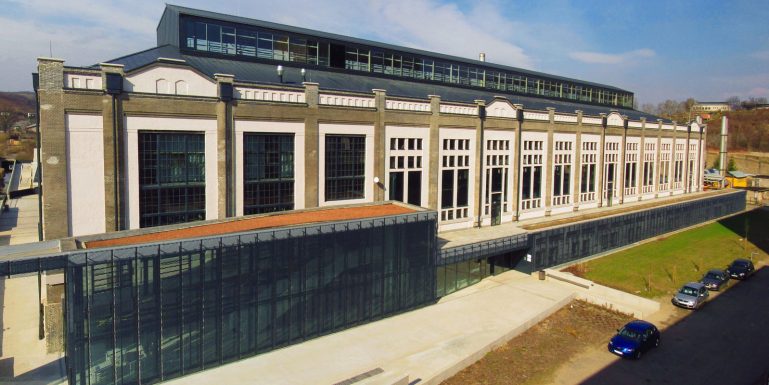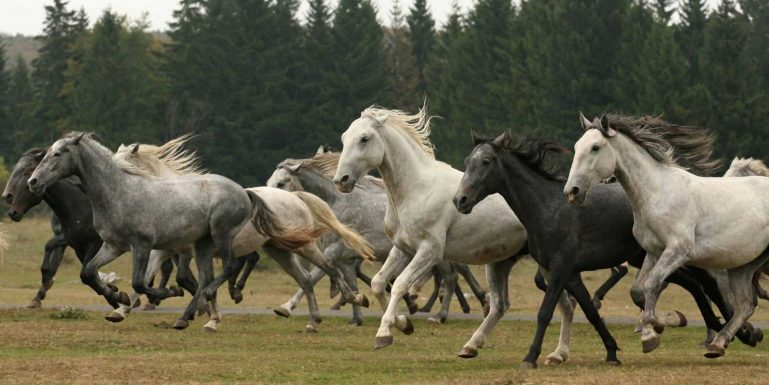This amazing underground world can be visited for light, one-hour tours, half-day more adventurous tours, or a number of variations in Aggtelek’s six caves open to the public. Guests are accompanied by expert guides. The Park Directorate organises 5 separate tours in 3 caves, among which the Baradla Cave is perhaps the most well-known. The public are encouraged and invited to explore two sections of the stunning larger Baradla Cave, as well as the two smaller Rákóczi and Imre Vass Caves; rightly considered the pearls of the national park.
Daily Tours


